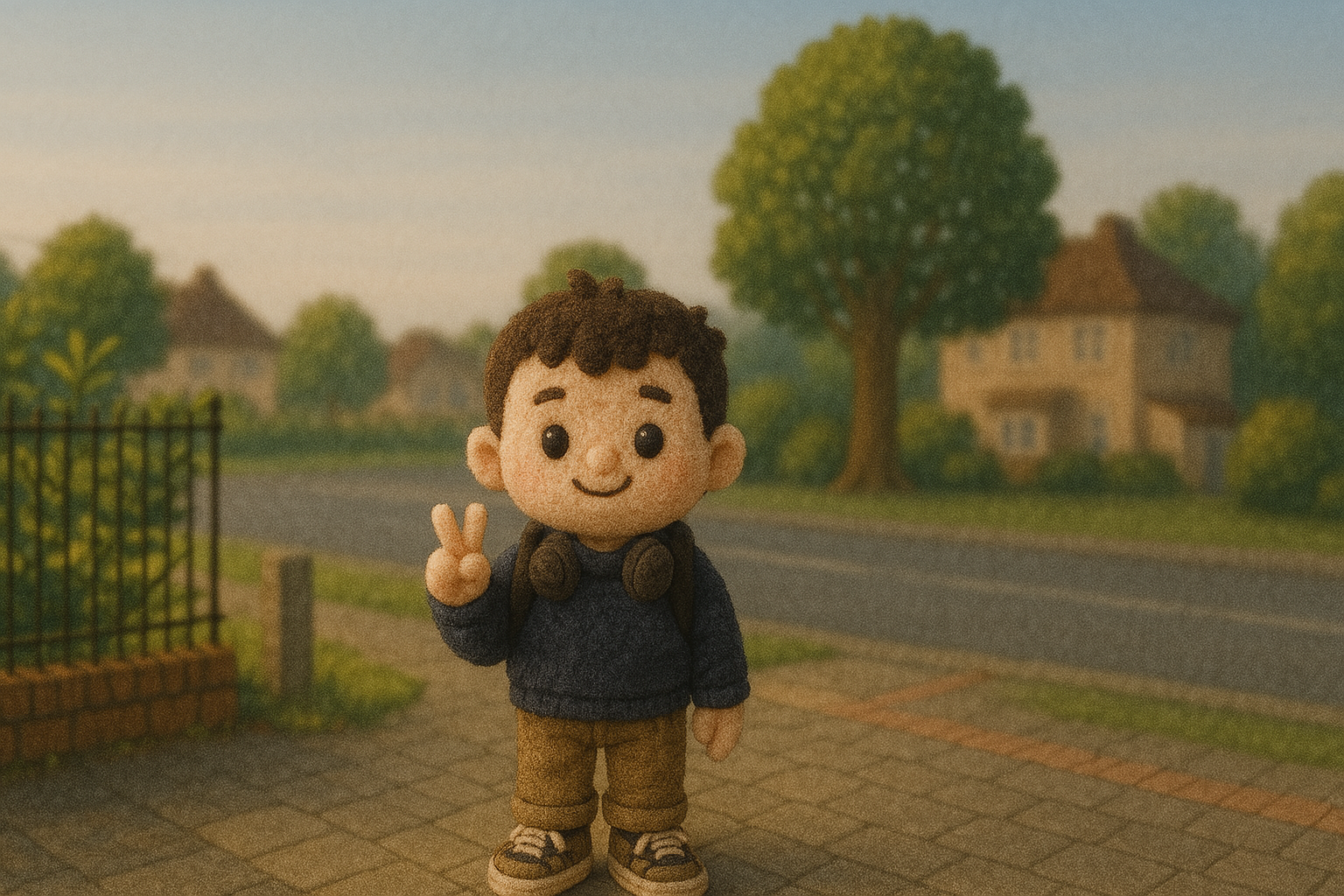How often should you fertilize your lawn and when to do it
How often should you fertilize your lawn for the best results? Here's the answer
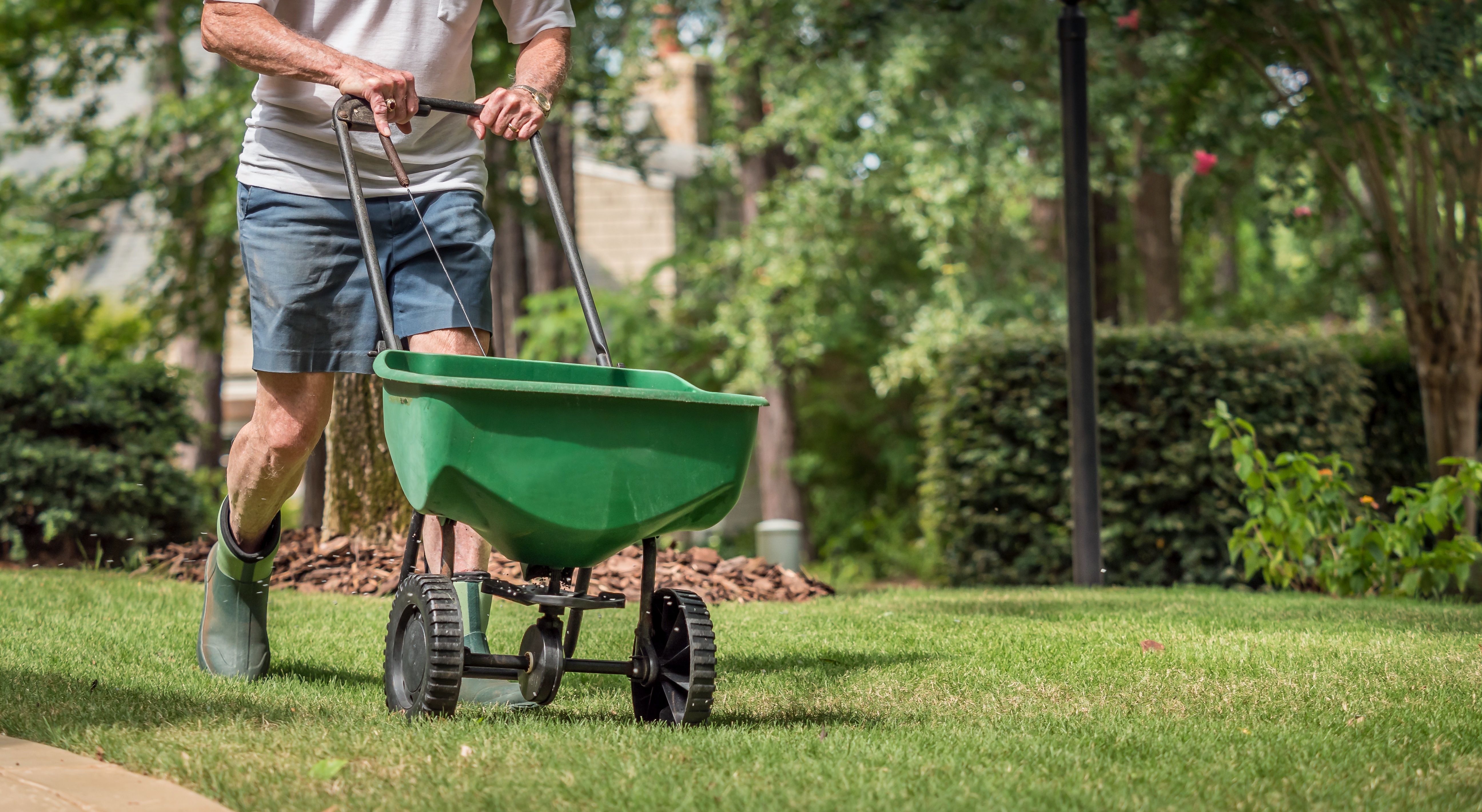
If you’ve ever wondered how often should you fertilize your lawn, you’re not the only one. While we all want to give our lawn the best care possible, it’s all too easy to over-do the fertilizer, causing unnecessary stress on our grass. It’s important that you fertilize your lawn when required though, and apply it at the right time, because this will give it the best potential growth and help it to achieve a greener finish as well.
If you want guidance on fertilizing your lawn, we’re got the answers. With the help of some experts, we've broken down exactly how often you should be fertilizing your lawn as well as when you need to do it, so you can rest assured that you’re giving your lawn what it needs to thrive. We will cover the differences depending on the type of fertilizer you’re using, as well as what to do should you apply too much. You will never ask how often should you fertilize your lawn again.
How often should you fertilize your lawn?
Advice widely varies on this, as you may have already seen. The exact answer will depend on the type of fertilizer you’re using — a slow-release fertilizer will last longer and require fewer applications. However, a typical synthetic fertilizer will be fast-acting, but will require more frequent applications.
Most recommend a minimum of two applications per year if you're using a slow-release fertilizer, but this is not set in stone — some experts recommend up to 4-5 annual treatments. If you're using a fertilizer which won't last as long, you may find yourself having to apply it much more regularly to keep up appearances. The right answer for you will ultimately depend on your lawn's soil levels as well as the fertilizer you choose.
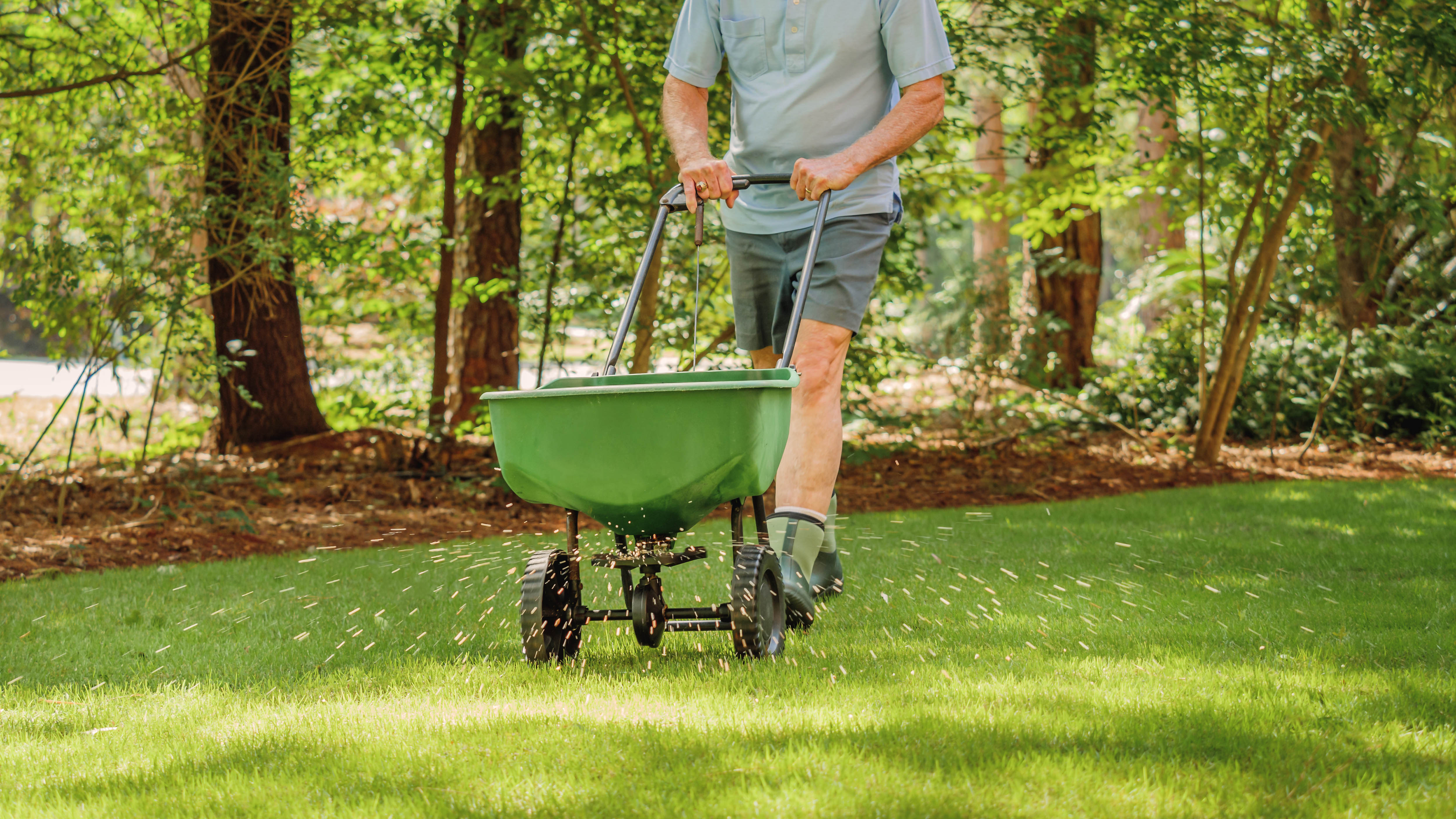
Ian Grant, lawn care expert at National Greenhouse advises: "We would suggest treating your lawn 4 to 5 times a year. Being the end of summer your treatment should contain plenty of iron to keep the grass a deep green colour and this helps the roots grow to make the most of the late summer sun. This late summer treatment is especially useful if your garden receives lots of wear and tear by children or animals."
When should you fertilize your lawn?
While the late summer is indeed an ideal time to fertilize, the best time to apply your fertilizer will also vary depending on the type of grass you have. According to The Spruce, if you are using a slow-release fertilizer and applying it twice a year: cool-season grasses, which are often found in the Northern territory and include the likes of Kentucky bluegrass, should be fertilized in the late spring, and then again in the early fall. While warm-season grasses, which are found in the south, such as Bermudagrass, should be fertilized six weeks after the last spring frost and again in the late summer.
If you want to apply your fertilizer more regularly though, according to Scotts, best practice is to feed the grass both in early and late spring, as well as in the summer and the fall. So your first feeding would be between February-April, followed by April-June, then June-August and finally August-November. Try to leave 6-8 weeks between each application, and use a soil test regularly to keep an eye on the conditions. We recommend the Luster Leaf rapitest Soil Test Kit ($12.56, Amazon). Make any necessary amendments to your fertilizer and application depending on these results.
Sign up to get the BEST of Tom's Guide direct to your inbox.
Get instant access to breaking news, the hottest reviews, great deals and helpful tips.
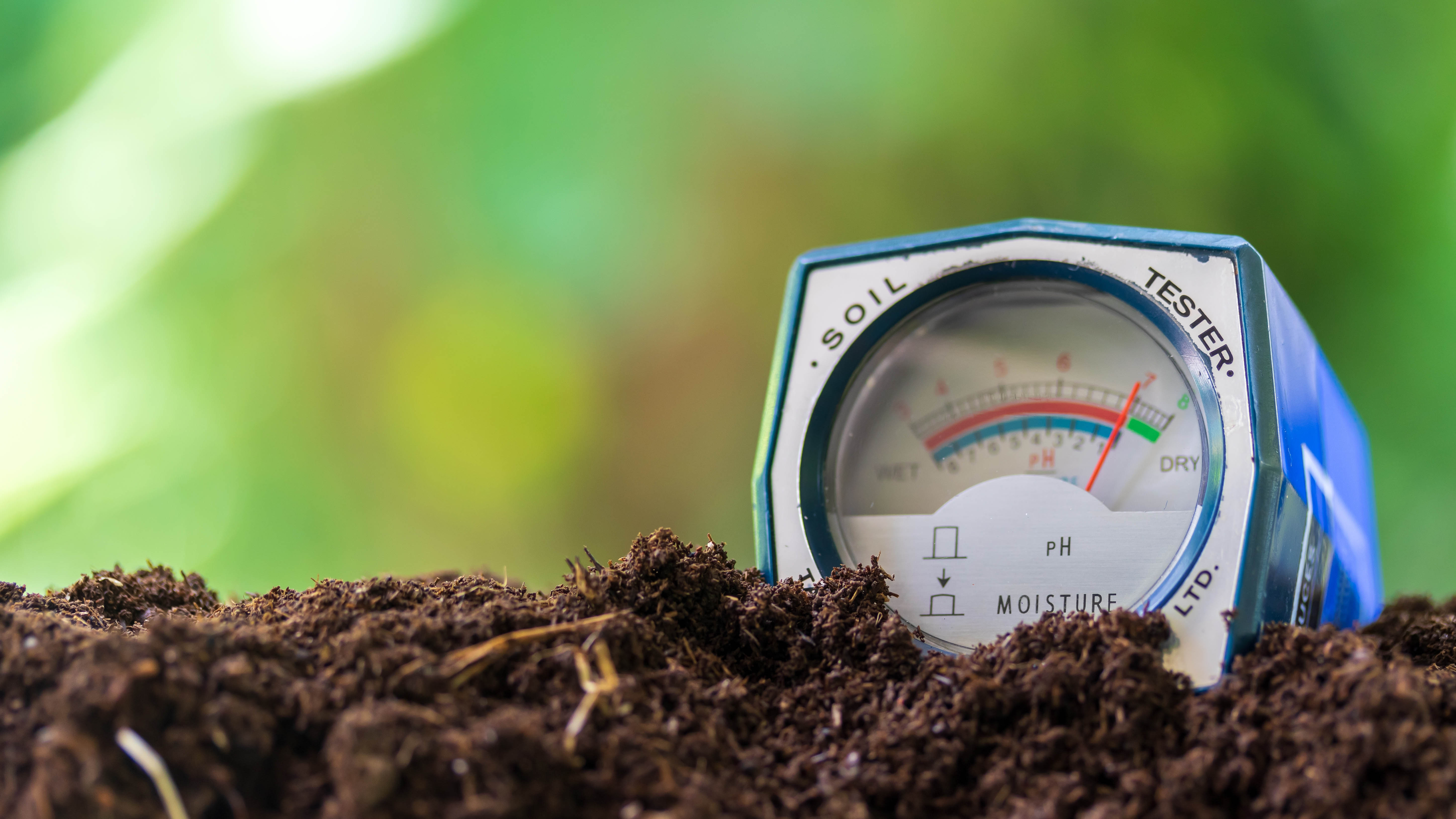
When the time comes to fertilize your lawn, make sure you pick the right time of day to do it. Ideally you want to apply your fertilizer either in the early morning, or late afternoon/early evening. This is because you don’t want the heat and sun during the peak hours of the day burning the grass. You also want the grass to be damp rather than wet, otherwise the fertilizer can stick to the grass blades. Bear in mind that once applied, the lawn will need to be watered soon after, either by yourself, or the weather. Follow the instructions for guidance on how long to wait before watering.
What happens if you over-fertilize your lawn?
Whatever you do, don’t throw caution to wind and fertilize your lawn just because you can. When using synthetic fertilizers, over-fertilization can actually do more damage than if you didn’t fertilize at all. Greensphere explains that too much fertilizer will cause a growth spurt which the root system of your lawn just can’t keep up with — that means your grass will struggle to take in the water and nutrients it requires.
Over-fertilization will also increase the nitrogen and salt levels in the soil to the point where it can kill the grass. The result is yellowing patches of dead grass across your lawn, aka fertilizer burn. If you’re guilty of over-fertilizing and the damage is already done, you will need to give your lawn time for the soil levels to recover. But, there are steps you can take to help things along.
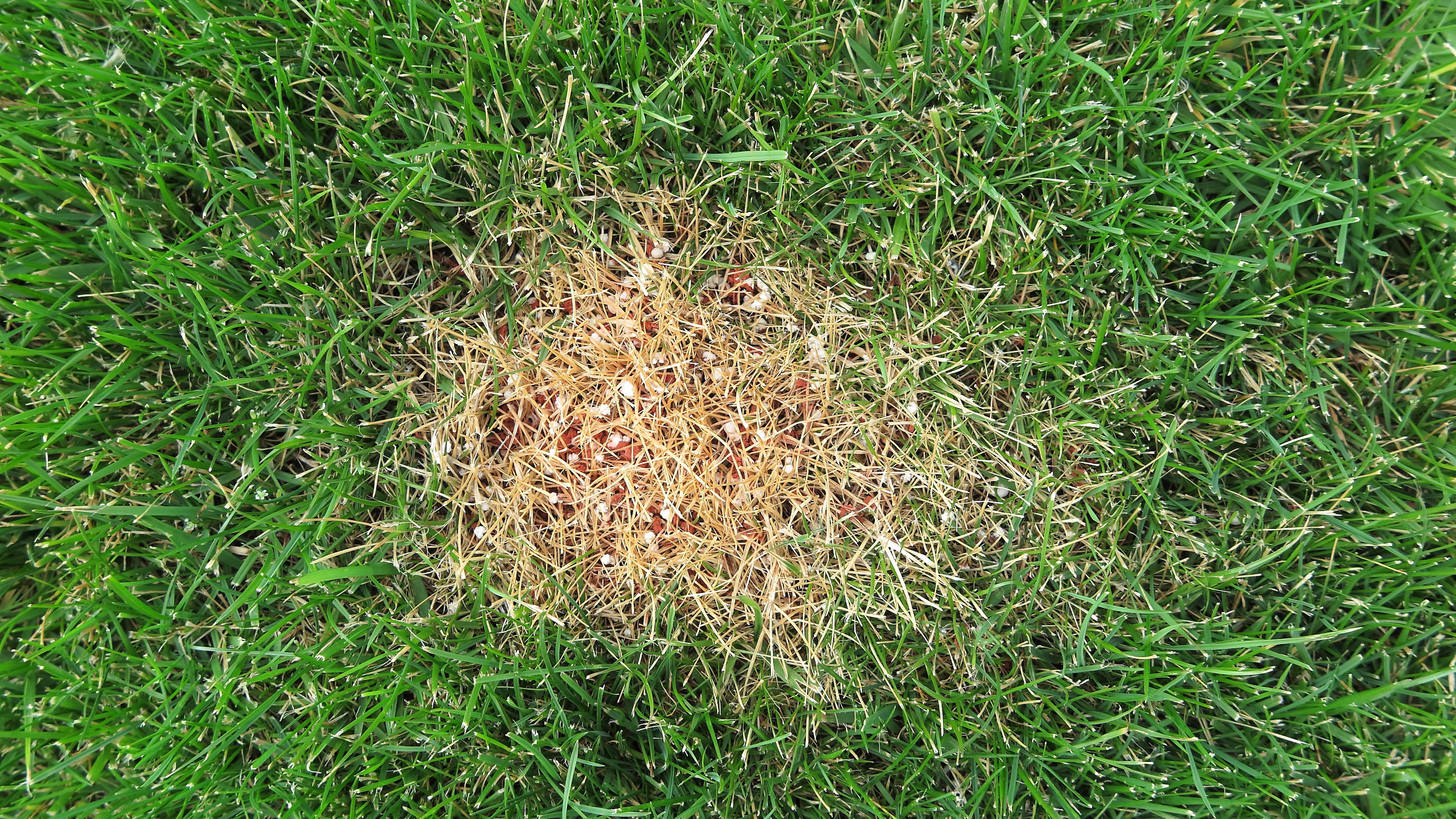
According to The Spruce, you should first remove any excess fertilizer as soon as possible and distribute what remains across your lawn. Then saturate your yard with water to dilute it — apply about an inch a day for a week, or until you see your grass is recovering. Any areas of dead grass will also need reseeding once the soil has regained its levels — you can use a soil test kit to keep an eye on its progress during this time. Check our guide on how to plant grass seed for more details on this.
To avoid over-fertilizing, the best advice is simply to follow the given dosage instructions on your chosen fertilizer and to distribute it evenly on application using a spreader. Scotts recommends starting with the perimeter and then working your way across the center in the same way you would with a lawn mower — that way you won’t miss any areas. Make sure your lawn has been watered a few days prior to the application as well. If you do this, the soil will better absorb the fertilizer.
For more lawn tips, tricks, and how-tos, check out our guides on how to plant grass seed, how to make your grass greener, how to stripe your lawn, how to lay sod, 7 common lawn care mistakes you're probably making right now, this is when you should stop mowing your lawn for the winter and 7 ways to revive dead grass.
While you work in the garden, you might want to check out our guide on the best gardening gloves that we have tried and tested.

Katie Mortram used to be a Homes Editor for Tom's Guide, where she oversaw everything from kitchen appliances to gardening tools, as well as smart home tech. Specializing in providing expert advice for cleaning and home manintenance, she now works as Household Advice Editor for Good Housekeeping.
